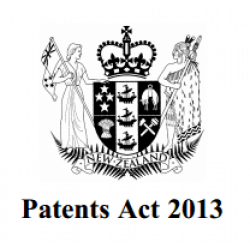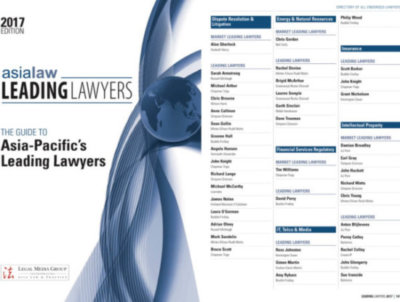The long awaited update to the New Zealand Patents Act 2013 was signed off by the Governor-General Jerry Mateparae last year and will take effect from 13 September 2014. The new Act was drafted in 2004 and first introduced to the House in 2008 – and will replace the original Act which dates back to 1953.
Media attention has focused largely on the controversy surrounding the patentability of software, but the new law has implications far beyond the tech industry, and anyone filing a patent application should be aware of these.
It may benefit some patent filers to complete their applications early or to file complete applications in the first instance (rather than a provisional application) before 13 September, as these will be subject to the lower standards of the 1953 Act. To be considered, applications must be filed with a complete specification (including national phase filings from PCT international applications) before the deadline.
For most existing patents granted under the original Act, the 2013 Act will apply going forward. It is important to note that renewal fees on 1953 Act patents will also affected: the next payment due after 13 September will remain unchanged, but any further fee payments beyond this will be rescheduled in accordance with the 2013 Act.
Under the new law, anyone can request re-examination of a patent or application at any time, and challenge the patent owner’s claims. However, if a 1953 Act patent is re-examined, it may only be revoked based on the original law.
Another important aspect is that patent applications will be made public after 18 months – whether they’ve been approved or not. This is a similar process to that of countries like the USA and Australia. The ramification is that organisations need to monitor these listings for competitive entries so as to avoid cases of infringement, and conversely businesses should be aware that they will also be monitored by their competitors.
The demonstration of an Inventive Step is now the key component of a more stringent examination process, and when examining ‘prior art’ to determine inventiveness, all jurisdictions will be considered. (Prior art was limited to New Zealand under the 1953 Act, which in the internet age provides a very limited view of the world.)
For more on the Act visit our previous blog story NZ Edges Closer To A World-Class Patent System or review the Legislation.






